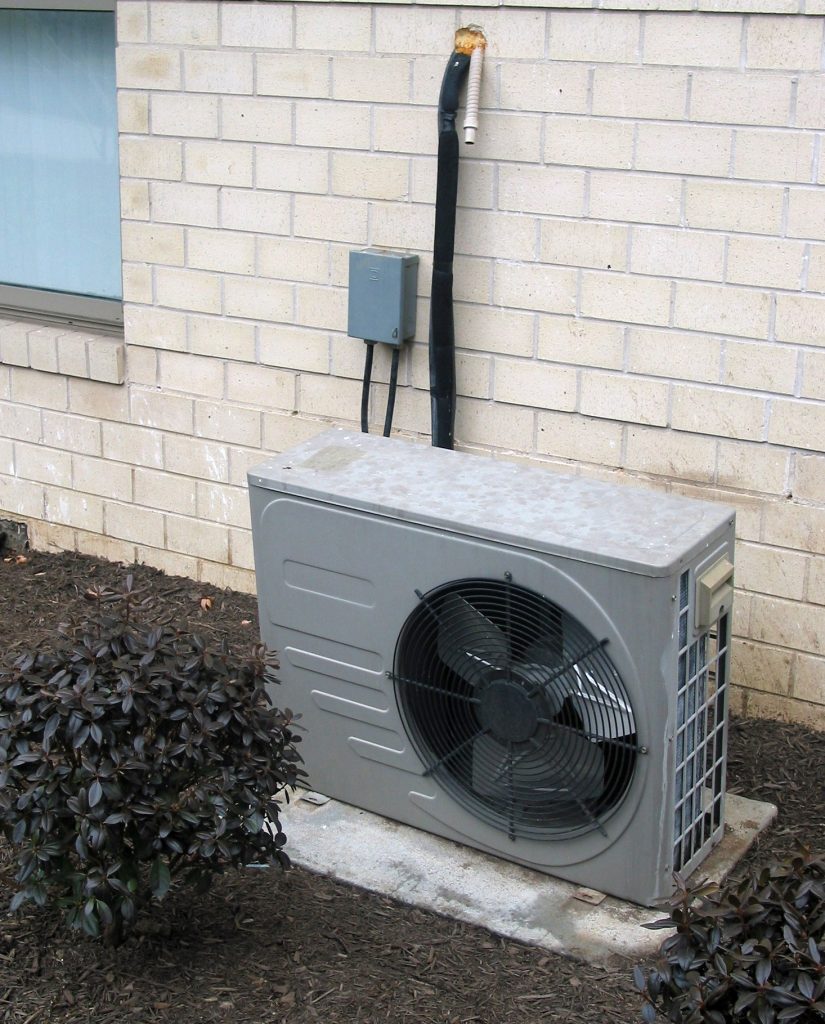 Think of the name “heat pump.” It likely conjures all sorts of images to mind, none of which reflect the fact that these systems operate using the Second Law of Thermodynamics. Yes, I hear the groans, but stick with me; it isn’t going to be that bad, and you may learn something new!
Think of the name “heat pump.” It likely conjures all sorts of images to mind, none of which reflect the fact that these systems operate using the Second Law of Thermodynamics. Yes, I hear the groans, but stick with me; it isn’t going to be that bad, and you may learn something new!
There are two basic types of heat pump technology — air source and ground source. In an air source heat pump, the equipment uses the outside air to provide the means for heating and cooling your home. A ground source heat pump uses good old Mother Earth’s dirt.
Because ground source heat pump operation is a little easier to describe, I will start there. Once you get a short distance below the surface, around a depth of four feet, the temperature of the ground stays a reasonably constant 50–55 F year-round. Have you ever gone into a cave or tour a cavern? In the summer, it is nice and cool. In the winter, it seems cozy and warm. What you sense is the difference between the outside temperature and that of the cavern below ground.
Ground source heat pumps use this temperature difference to heat and cool. These systems need some sort of heat exchanger installed underground, either vertically or horizontally, and are filled with a fluid. The equipment at the house itself resembles a typical HVAC system. It uses pumps and compressors to move the fluid through pipes inside the house and in the ground where it picks up or gives off heat, depending upon the need. The process is rather simple, using a fluid to move (or pump) heat from one place to another.
Air source heat pumps may seem harder to understand. How can such a system cool my home when the outside air is so hot? Or, heat it when it is so cold? Again, the mechanics of the system take advantage of very small differences in temperature using the proper compressor and refrigerant mix. Just like its ground source cousin, the air source heat pump moves heat from one spot to another. The difference is that the medium to exchange heat is the outside air, rather than the ground. Both air source and ground source heat pumps use refrigerant to capture the heat and carry it to where it is exchanged — either in the ground or using the outside air.
Heat pumps are very efficient, much more so than traditional heating and cooling systems. Let’s use a heat pump with a COP (coefficient of performance) of 3.0 as an example. For every unit of energy used, the system produces three units of heating /cooling. It’s not a bunch of hocus pocus — just that law of thermodynamics.
Ground source systems can operate in nearly any climate and work well with both baseboard hot water and forced air systems. However, they can be expensive to install because of their need for a ground loop of some sort.
Recently, a number of companies have introduced heat pump water heaters in response to EPA rulings to bring this efficient technology to domestic water heating.
Heat pumps, properly applied, can make a world of difference to your monthly bill as well as to your comfort. Talk to the Bob Geswein at Harrison REMC, and find out if a heat pump is the ticket for your heating and cooling needs.
Learn how to operate heat pumps to get the maximum comfort at the minimum cost.
Heat pump class at 7 p.m. on Oct. 20 at the REMC office



